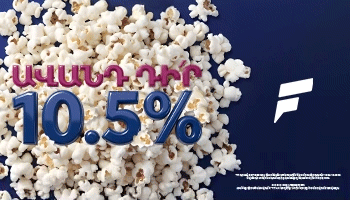
Culinary Art should be Directly Linked to Pleasure and Passion: French-Armenian Chef Alain Alexanian
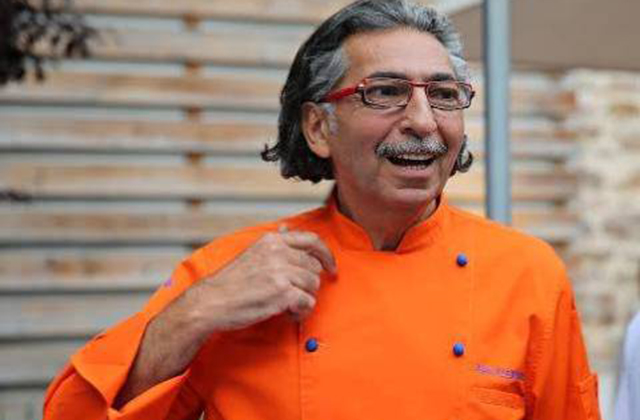
It’s already the fourth time that world-famous Armenian Chef Alain Alexanyan is in Armenia. The cook is known in the world with his exclusive mission of spreading bio cuisine and fair trade, also among those highlighting importance of healthy food. Alain Alexanyan was born in 1958 Lion, France. Until 15 he lived in Limmone farm with his Armenian grandma. Starting from 1986 Alain establishes his own “Alexandrian” restaurant, which in a few years was recognized as double winner of “Micheline Guide” stars. In 2003 he establishes A point Café fast food concept. In 2005 the restaurant wins Golden Palm Barnch by the Leaders’ Club, as the best restaurant in France. Being an Armenian by his roots, he also specialized in Armenian cuisine and use of organic food.
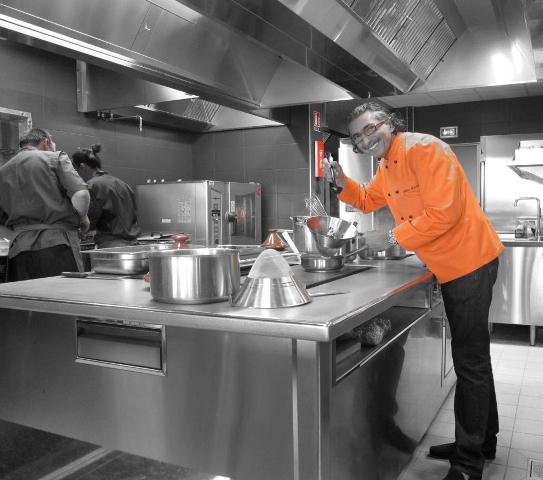
In LOFT center 168.am met and talked of culinary secrets with Alain Alexanian, as well as had a brilliant chance to taste and get the recipe of exclusive tea—Armenian mohito, which Armenian cook named “Armeniko.”
– Mr. Alexanyan, how long have you been here? What’s the purpose of your visit to Armenia this time?
–I’ve been here for a month. We see that French Armenian community is still growing, and unfortunately, it’s done on account of people migrating from Armenia, which is a very sad reality for me. I wouldn’t like Armenia, which is the most favorable country for me, be brought up like this, and I’m here to be helpful for locals.
– Will you detail, what do you mean?
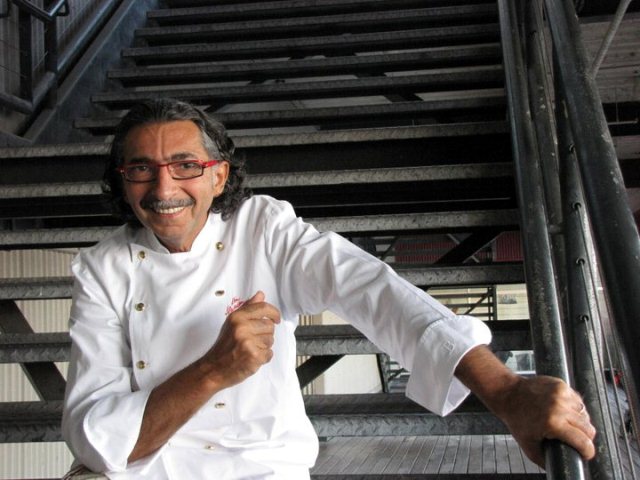
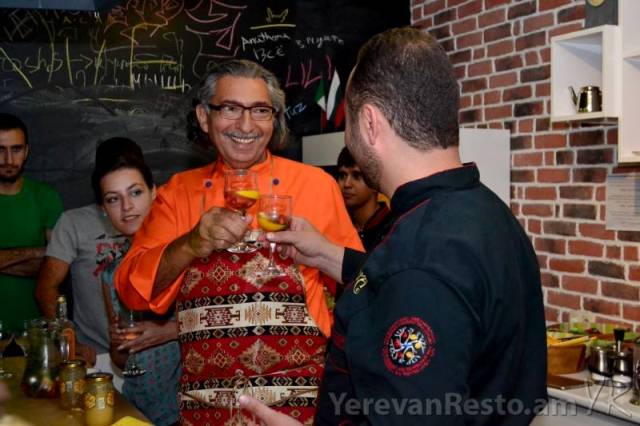
– I want to invest especially in well-being of people living in villages, so that they will be able to earn their living in their settlements, to live and work with dignity. I’m here upon invitation of G2iA Armenian Inter-professional International Grouping, which implements development programs within Armenia and Rhône-Alpes region of France, as well as decentralized cooperation between Yerevan and Île-de-France region.
G2iA has functioned in Armenia for already 30 years and throughout these years it tried to unite professionals of Armenian origin living in France. Since 2008 the Grouping implemented a range of development programs in various village communities, from which: honey, syrups and milk, herbs and jams. This time, as a specialist-cook invited by this institution (I’m also its member), I will visit Ayroum Cannery to improve the quality of jams there, for export to France. Samples are already ready, and I think, they’ll be pleasant to the palate of the French.
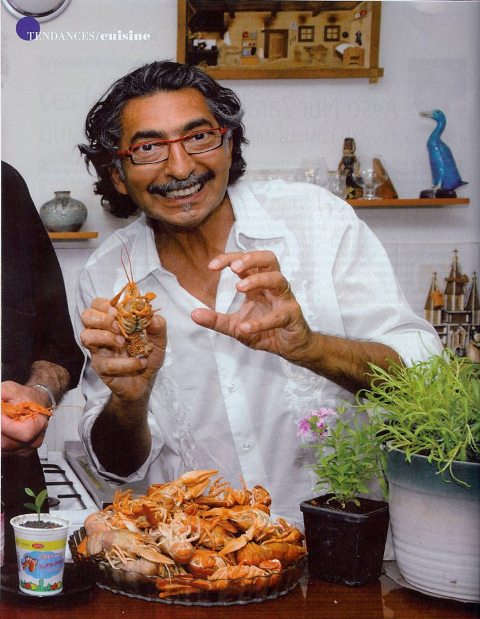
– It means you’ll leave for Lion soon?
–Yes, in two days. Although I can’t say, I came and did my job, now I’m leaving, as in any case I want to leave my trail here. During my stay here I made a guide for jam making, and if good will is manifested, it’ll be disseminated throughout Armenia. It’s already ready for publishing.
–It’s the fourth time that you are here, in Armenia, and I think, during this period you’ve managed to notice what are main errors contributing to unhealthy lifestyle regarding culture of eating?
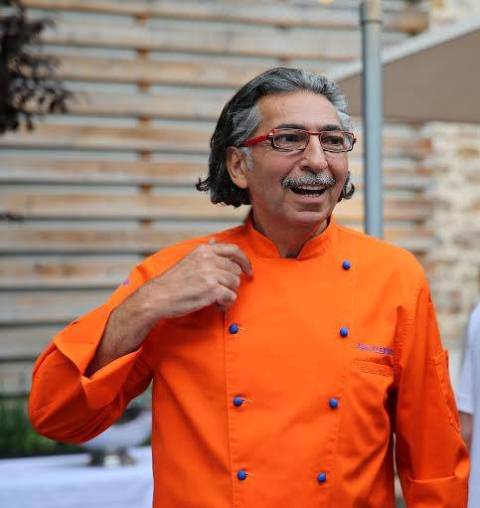
–I’d like to speak of some advantages, by which, I think, Armenia has a good chance to progress, however, I have to speak of shortcomings, which are existent and obvious. I might say, that you make abundant use of white alcohol—vodka, which disrupts digestive system and centralizes molecules of sugar and oil in organism. Generally, Armenians walk less and almost don’t do sport. During my stay, I also noticed that you don’t fill the 8 hours necessary for sleep, at the same time you smoke too much. If price for cigarettes is increased, believe me, the results will be visible soon. And what is the worst, all day long you taste some things.
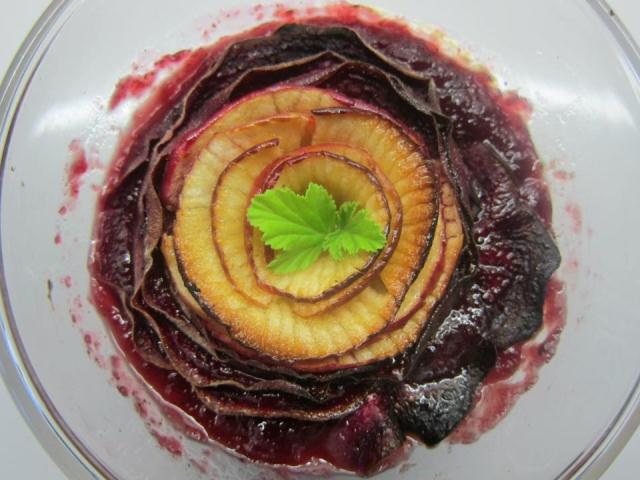
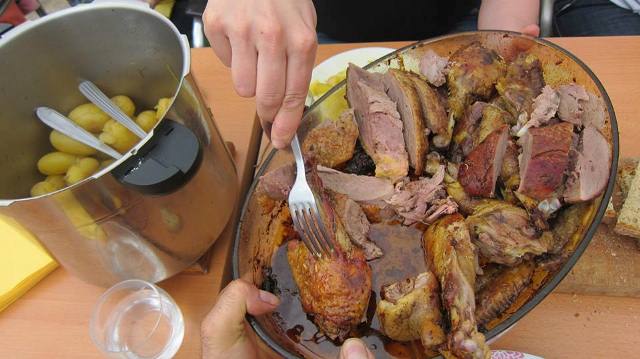
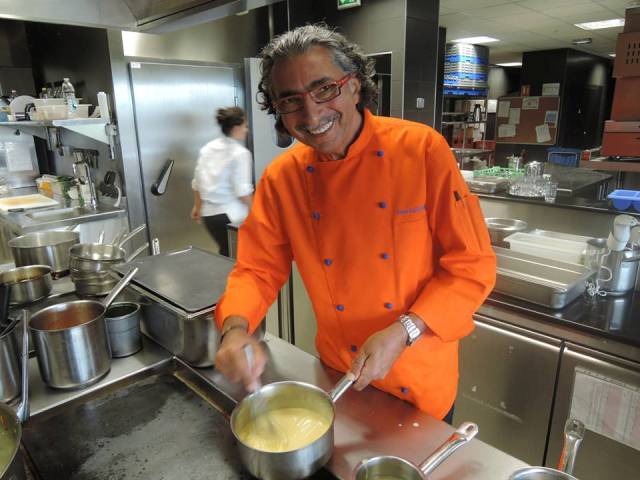
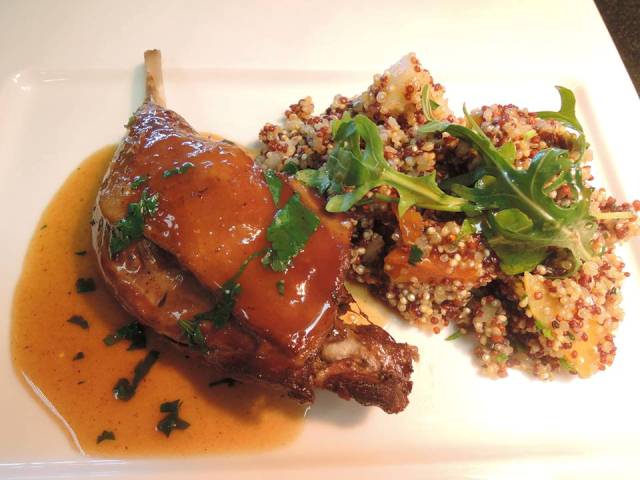
–How about advantages that you wanted to speak of?
–Firstly, in Armenia chemicals are less implemented, although one of the reasons is climatic conditions, in case of rough soil use of chemicals will be unproductive, that’s why field soil is more beneficiary. Besides, we should realize that both Yerevan and Armenia may exist only due to village and women of the village, take this into consideration. The most remarkable for me was revelation that young people became very advanced and don’t obey “dirty” commands coming from above. This became clear from the period of electricity price hike.
– In fact, you seriously followed inner-political developments?
– I’m a pure Armenian… (smiles,-N.M.)
– For which I’m glad…especially what did attract you in Armenian village and its women? What discoveries did you make?
–I’m simply in love with Armenian villages, and especially—women. True, we mainly see men engaged in culinary art, but real culinary nowadays is developing in villages and in cuisines of women living there. I think time has come to change the approach, so that we might be able to bring cuisine of villages to big cities, give new spirit to them and think of reducing quantity of oil and sugar in our food, as well as get rid of the habit of cooking food for a long time.
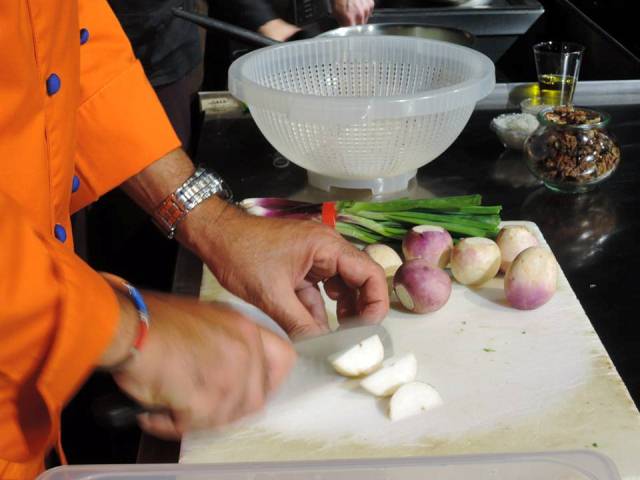
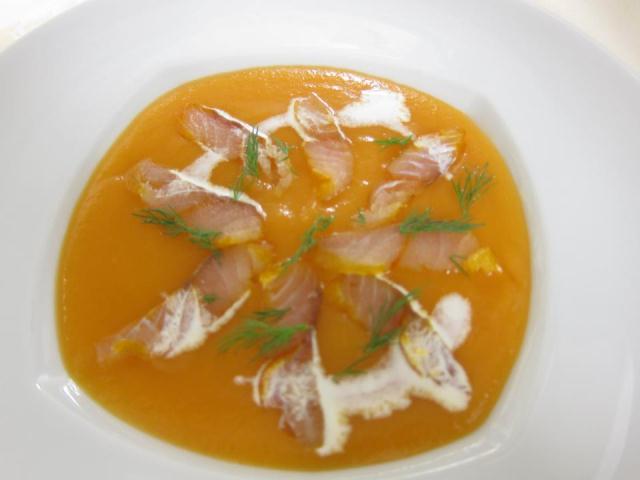
– By what is terroir cuisine (village cuisine) attractive to you?
– For the reason that food grown by them, in their own gardens, is used in their dishes, and kitchen truthfulness is exactly in this. Villagers are very close to their land territory and gardens. I didn’t see as many wild pigs anywhere, as in Armenia, and be sure, your meat, fruits and vegetables, herbs and even tap water are guarantors for a real cuisine. If you want to buy comparatively low quality food, you may come to Yerevan, and you’ll find much, even imported from abroad.
– In this regard is qualitative difference between Armenian and French food so big?
– Differences are not in quality, but in quantity and variety. I’d like to be more friendly and say that in your cuisine you may find maximum 10 types of vegetable, 4-5 types of meat, but in France the variety is much larger, and they are more flexible in combining this or that component in the dish. I wouldn’t want you to think that comparison may be made between France and Armenia, and in general, between Armenia and any other country. I’m here not to give ideas, but to learn from you, to discover you and these aren’t just simple words.
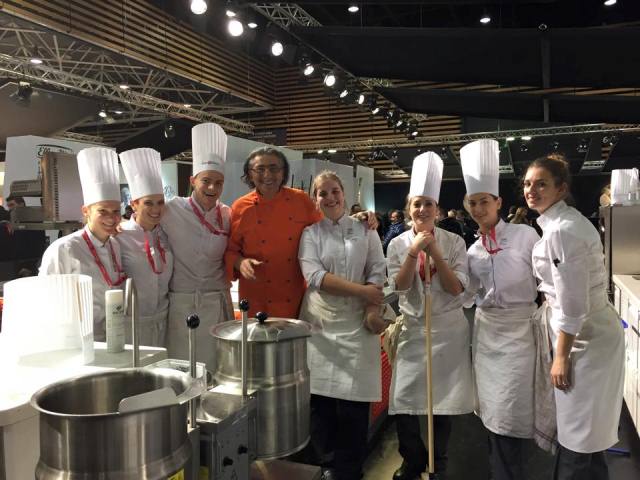
– What did you learn during this one month?
– Here I learn to be more and more modest. For instance, let’s take watermelon, when I use it in France , image is the following, I throw the stones, peel, as well as some pulp. In Armenia’s village, for instance, dried watermelon was a big discovery for me. Besides, they don’t even throw the peel, it’s food. Armenian village is a real bio food depository.
– Mr. Alexanian, what evolutions may culinary art undergo throughout years?
– Surely, evolutions are inevitable, however, unfortunately, we should say that in Armenia such developments aren’t actual yet, for the reason that unemployment level is rather high here, the country is being depopulated, we might also say, the region is in permanent wars. To feed well, person’s mind should be free, and he/she should start thinking of it. Then, for centuries people had traditions with eating; they ate very sweet, greasy and well-cooked food, up to 2000 kcal, but at those times there was no contemporary equipment and vehicles and they walked much, and the calories were wasted. Nowadays you don’t waste this much energy.
– You said variety of vegetables and meat is comparatively poor here. Is the menu poor here as well, or they aren’t linked?
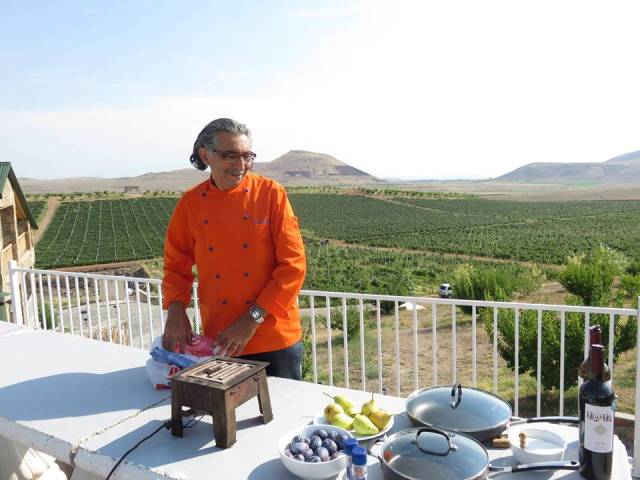
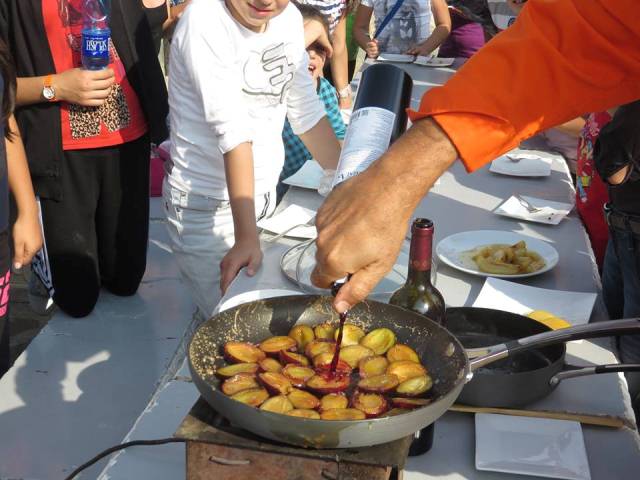
– Let me bring an example, will it be familiar to you, if I make something with beef? I won’t be mistaken, if I say, very often barbecue, but even consumers don’t know, that a pig should be separated into different parts, as they require various thermal processing and various ways of making it. For instance, I’d be glad to see pork dressed with greens, onion and garlic, that it wasn’t so dry, but a bit pink inside. Unfortunately, Armenian cuisine is dissolved with the cuisine of Osman Empire. I only met Caucasian Armenian cuisine at Sedrak Mamulyan.
– You periodically visit Armenia. What changes do you observe during your visits?
– A few years ago when again I was in Armenia and walking about the streets of Yerevan, I came across with only one wine shop, I didn’t find even a sample of French boulangerie. During my previous visit I was thinking that Armenia tightly closed its view, but this time I understood that one defensive fence has already been removed…I don’t say see what they have abroad and imitate it, but I think not all influences coming from outside are harming. Look at them, keep them and be able to properly combine with the Armenian one.
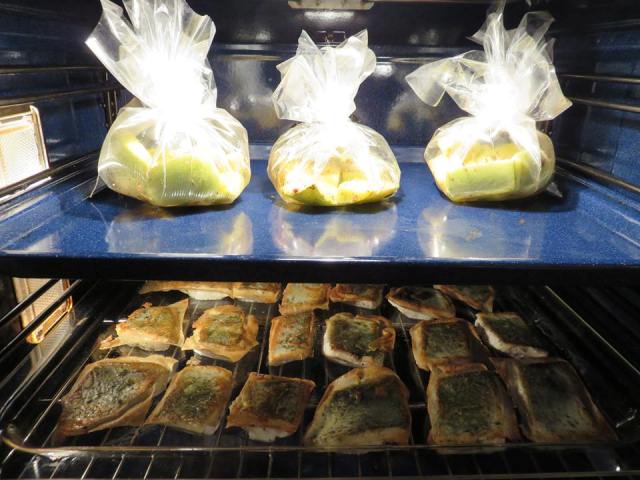
– When we say Armenian cuisine, as a dish symbolizing it, we understand barbecue. What is the visit card for Armenian cuisine for you?
– Did you hear of a country in the world, where people don’t know how to make khorovats—barbecue, starting from prehistoric times. When summer comes, people go out to their gardens and make a barbecue. Accordingly, I don’t consider it a visit card to Armenian cuisine. This, as I said, refers not only food, but beverages as well. After our talk I’m going to make a drink which won’t be possible to make in any other country, as all components exclusively were Armenian.
– You may take that food to France with you and make it there, for the visitors of your restaurant.
– It’s very well, when one cuisine influences on traditions of the other, but I don’t think copying at all and I never do. For instance, you serve vegetable dolma and put it in the center of the table so that everyone takes as much as they want. I do it in other way, simply spread garlic and matsoun on the plate, and put one dolma on it with tomato, pepper or eggplant and etc. This is my way of serving the dish. There is another point as well, dolma made there will never have the taste made here, as in no corner of the world you’ll find such yummy pork (smiles,-N.M.)
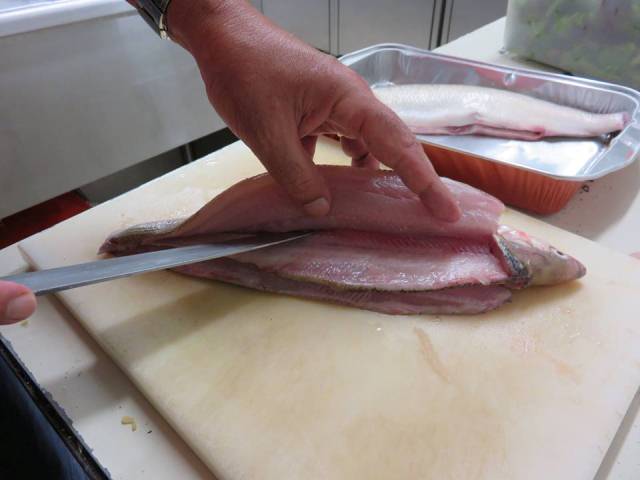
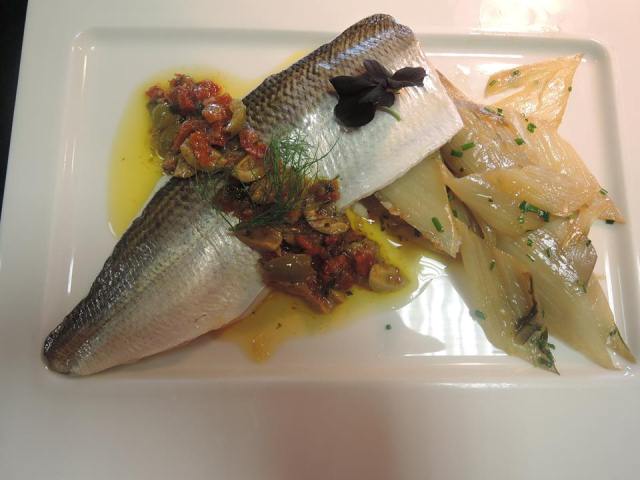
– I hear you only serve dolma with grape leaves in your restaurant. Why only that type?
–You’re right, as my ancestors made dolma only by grape leaves. I guess Sedrak Mamulyan will more exactly explain its Armenian origin.
Sedrak Mamulyan: following national origin, in many cases we may divert as well. As for dolma I must say that its root “toli” in old Armenian meant grape leaf, and the word dolma (tolma) means grapevine and meat. The word itself says grape leaf, and let me stress with chopped meat. And the fact that grape leaf was called “toli”, there is even no need to prove that, as when we say Dalma gardens, we imagine grape gardens. You also spoke of barbecue. I want to ask: what is it in general. To understand this we should ask: how about boiled meat, is it Russian or Armenian? Barbecue is just a method of thermal processing, nothing more.
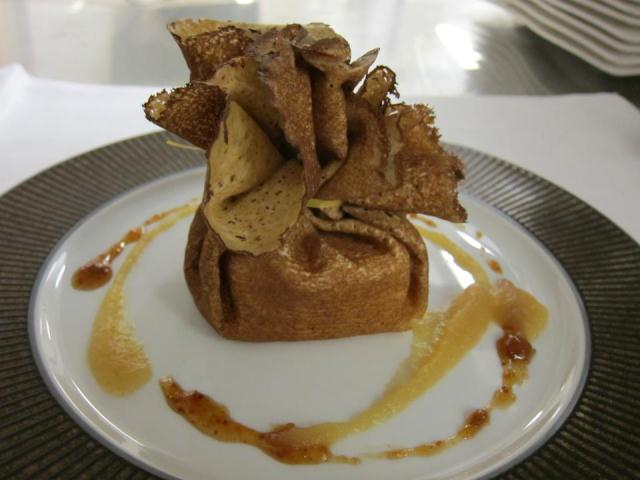

Alain Alxainian: Let me say more, why we agree here, in France only dolma with grape leaf is served, as all Armenians sheltered here grew grapes in their yards as an Armenian symbol.
-Mr. Alexanian, why are you against transfer of food by plane?
– When you are in a hotel in the morning, and you’re offered a juice, which one do you prefer?
– For instance, I prefer orange juice.
– Where did orange come from, do you know?
– When I’m in a hotel, no, I don’t know where the juice has been imported from?
–For your information, 80% of orange is provided by Brazil or California. Be sure, while orange is transferred from country to country, no vitamins, no minerals, no real taste remains. However, as its consumer’s preference, the hotel is obliged to satisfy this demand. On the other hand, role of the consumer, which may have perfect apple or pear juice, reduces though. And after all this, how can I approve the idea of transporting food by plane?
– You also refuse or speak of refusing purchase by phone.
– Let me say, in general, I refuse the habit of talking on the phone, as for purchasing food by phone, it’s excluded. Real cook should select food, by which he/she is going to make a dish.
– Do you do that way?
– Sure, moreover, I do it in the morning. You know, culinary art should be directly linked to pleasure and passion. If I didn’t enjoy it, by selecting, touching the food, later on it can’t have the result I want to obtain and serve to my customer.
– Besides dolma, what Armenian dishes do you serve in your restaurant?
–Everything that my granny was making for me. Besides, I often improvise Armenian dishes prepared by her. For instance, I divide eggplant into two parts, sprinkle a little salty water and put in the stove, then from the above I put lamb. While cooked, oil spreads on eggplant and, as a result I have very tasty and simple Armenian dish. For me Armenia in France is exactly this, lamb oil drops…
– In your opinion, which are necessary preconditions for living?
–Eat, drink, sleep and love. If we exclude any of them, believe me, your life will be incomplete.
–Mr. Alexanian, what’s the secret of your success in culinary art?
–Only by passion and talent. Although it’s too difficult when a person says this much of him.
At the end of the meeting world-famous chef Alain Alexanian, made a drink, which was a combination of Armenian ingredients only, which, in his words, may be Armenian “Mohito,” which both by its flavor and exclusiveness may be Armenian brand drink in any other country.
So, let’s prepare Armenian “Mohito” author—Alain Alexanian:
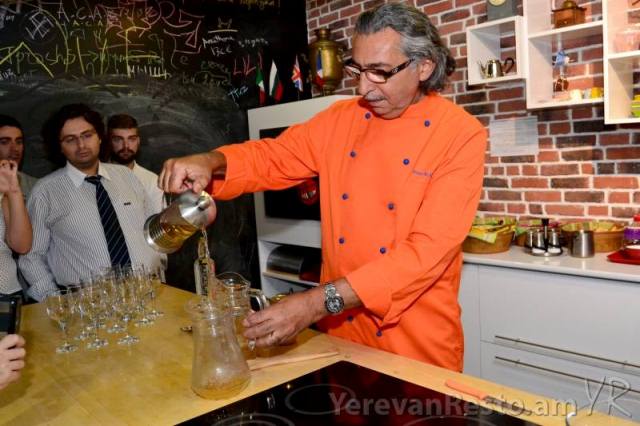
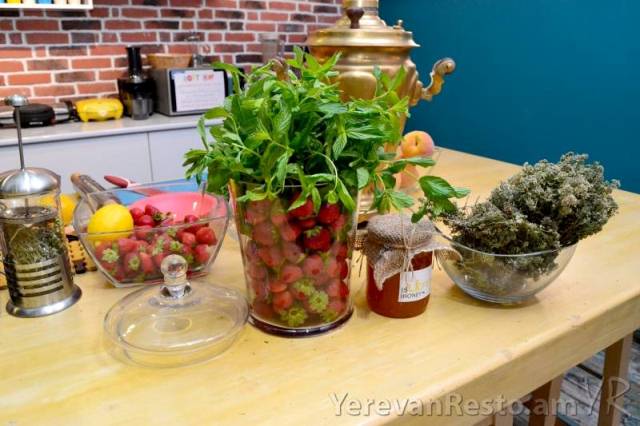
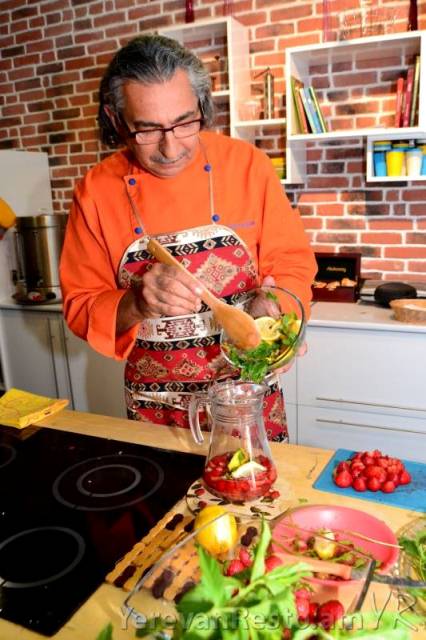
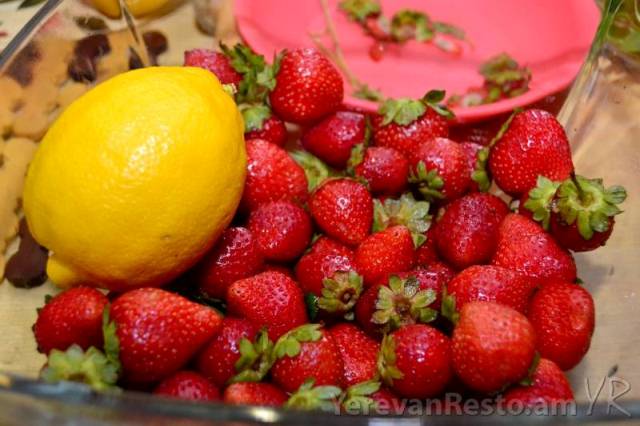
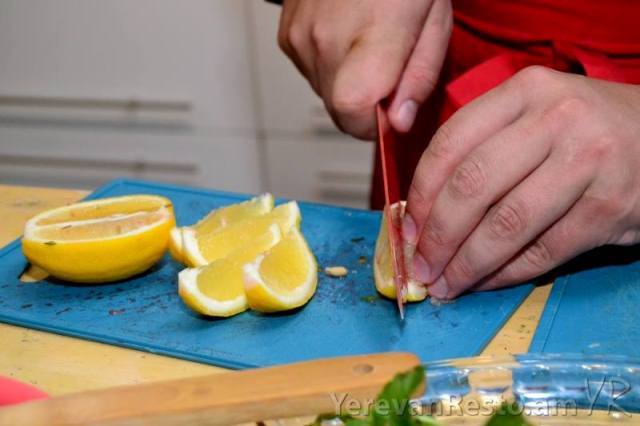
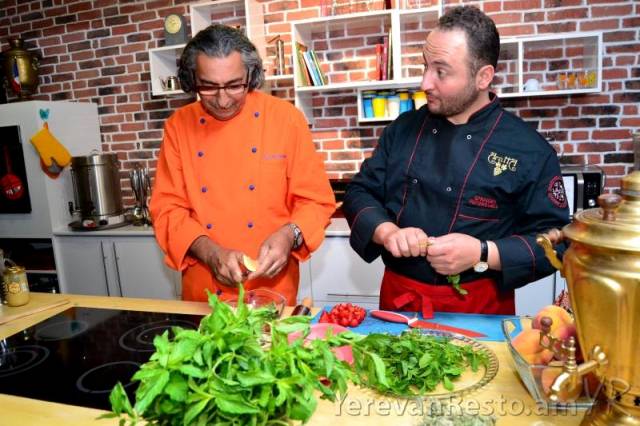
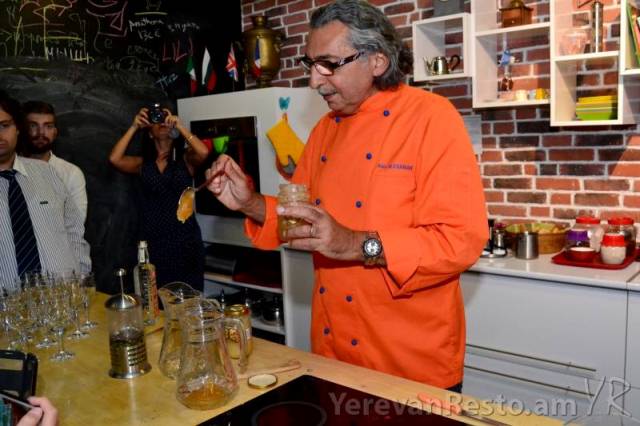
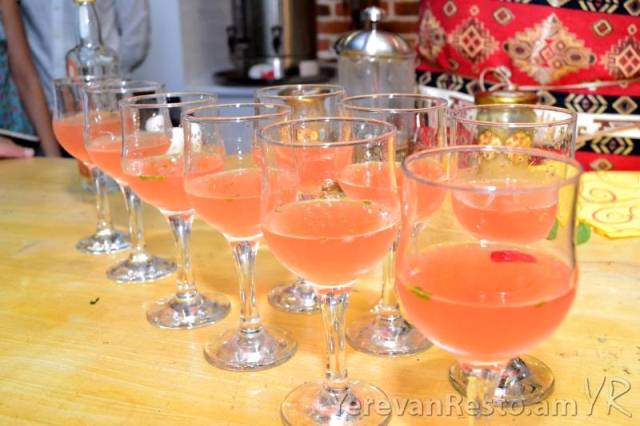
The cook added 3 teaspoons of honey, which gradually melted by hot water and added strong tincture of thyme, then he added 200g strawberry divided into 4 parts, separately chopped mint leaves and one lemon with a shell. To all these he added one coffee cup of apricot candied peel and cold water. He also added that the drink made be made by using any other berry.
Alain Alexanian’s assistant in the cuisine was Artavazd Sarukhanyan.
By Nvard Manvelyan

















